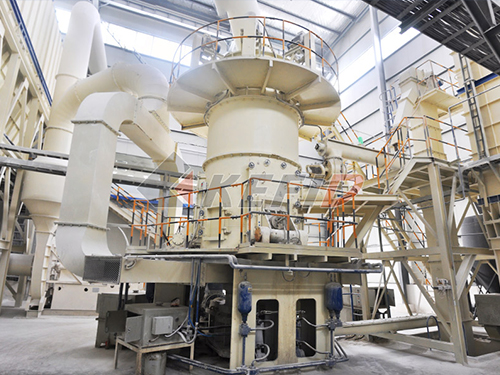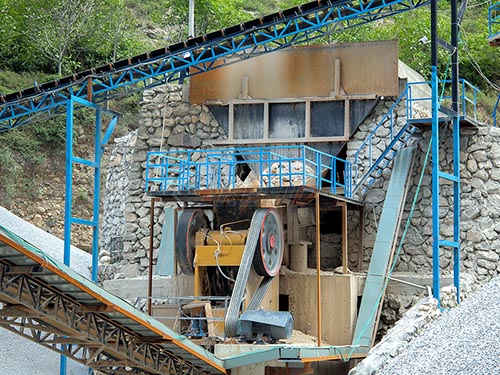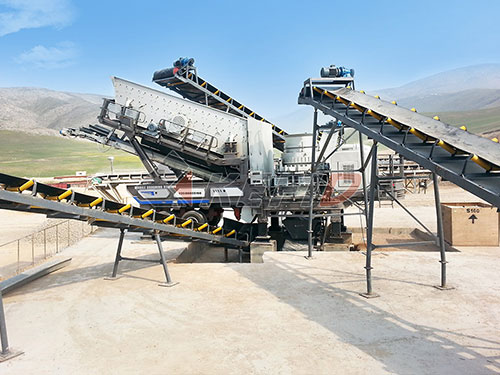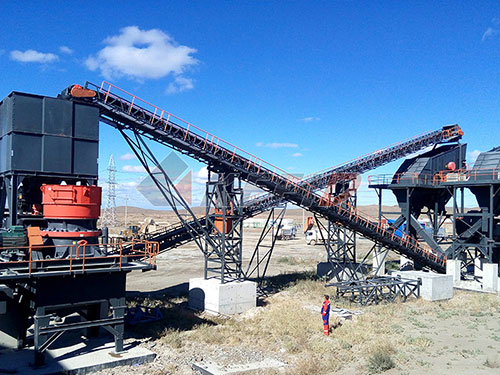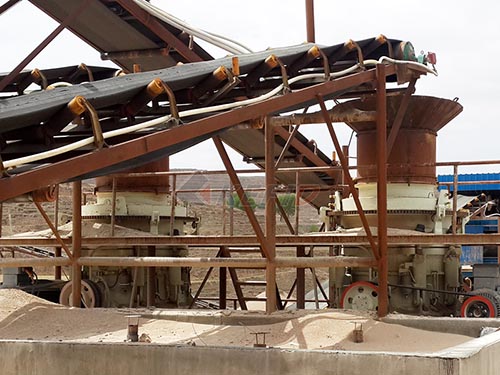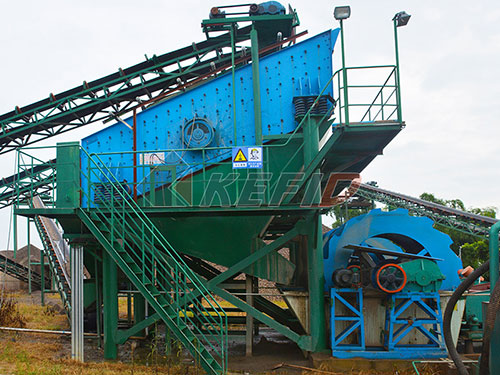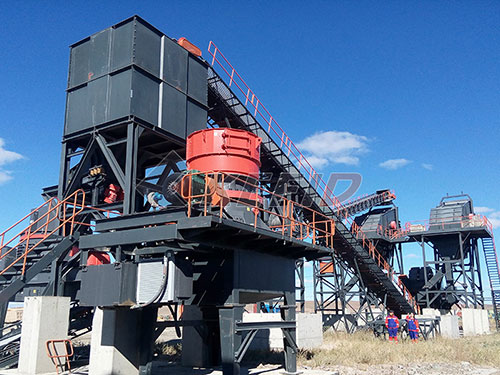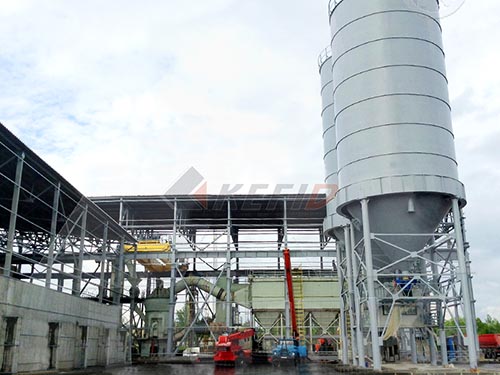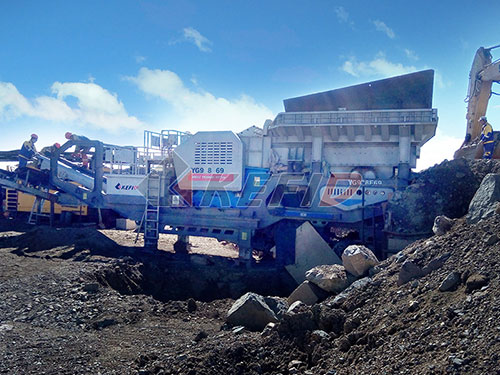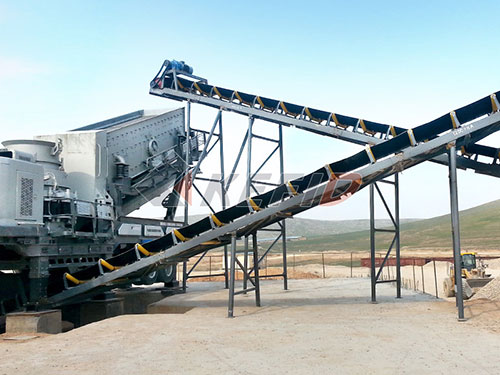Harnessing Magnetic Power: Essential Protection Through Magnet Belts for Mobile Crushers
In the demanding world of aggregate production, recycling, and mining, mobile crushers are indispensable workhorses. Their ability to move directly to the material source maximizes efficiency and reduces haulage costs. However, these powerful machines face a constant threat: tramp metal – unwanted ferrous contaminants like bucket teeth, drill bits, rebar fragments, nuts, bolts, or scrap steel mixed into the feed material.
The consequences of tramp metal entering a mobile crusher are severe and costly:
1. Catastrophic Damage: A single piece of hardened steel can shatter crusher liners, break mantles and concaves in cone crushers, damage rotors in impactors, or jam jaws.
2. Extended Downtime: Replacing major components often requires significant disassembly and specialized labor hours on-site.
3. Lost Production: Every hour a mobile crusher is down represents lost revenue potential.
4. Increased Maintenance Costs: Frequent repairs drive up operating expenses significantly.
5. Safety Hazards: Exploding metal fragments pose serious risks to personnel nearby.
The Essential Defense: Magnetic Belt Separators
This is where Magnet Belts, more formally known as Magnetic Belt Separators or Self-Cleaning Cross Belt Magnets, become a non-negotiable line of defense for any mobile crushing operation processing potentially contaminated material.
How Magnet Belts Work:
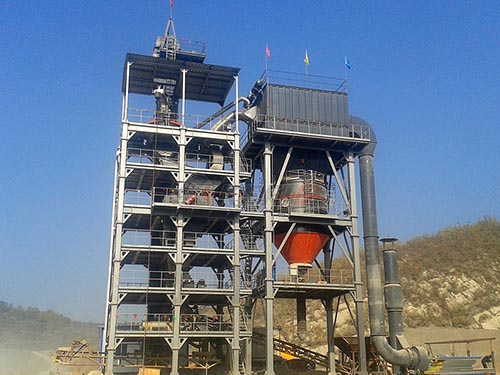
Positioned strategically over the conveyor belt feeding the crusher (typically just before the feed hopper), these units consist of a powerful permanent magnet assembly suspended above the belt carrying raw material towards the crushing chamber.
1. Capture: As material flows beneath the magnet on its conveyor belt journey, ferrous tramp metal is powerfully attracted upwards.
2. Extraction: The captured metal adheres to a separate self-cleaning belt that runs transversely (crosswise) over the main conveyor belt.
3. Discharge: This self-cleaning belt continuously moves perpendicular to the main flow direction, carrying captured metal clear of the magnetic field’s influence.
4. Release: Once beyond the magnetic field’s pull gravity takes over causing collected tramp metal to fall into a designated collection bin or chute positioned safely away from both the main conveyor path and any personnel access areas.
Advantages for Mobile Applications:
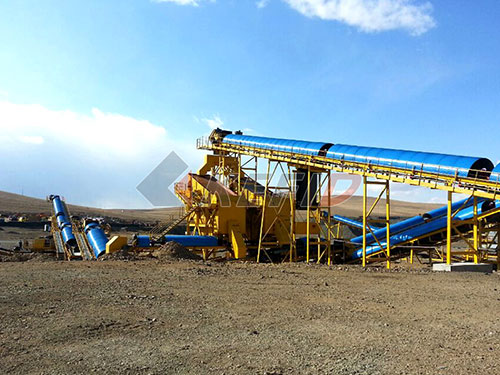
1. Robust Protection: Acts as an automatic shield preventing damaging ferrous


